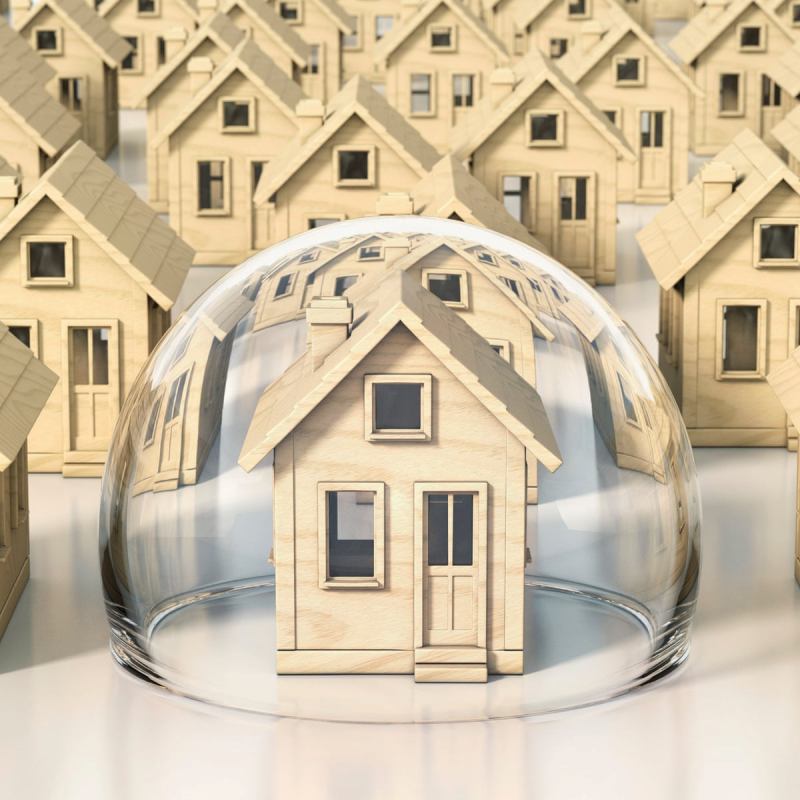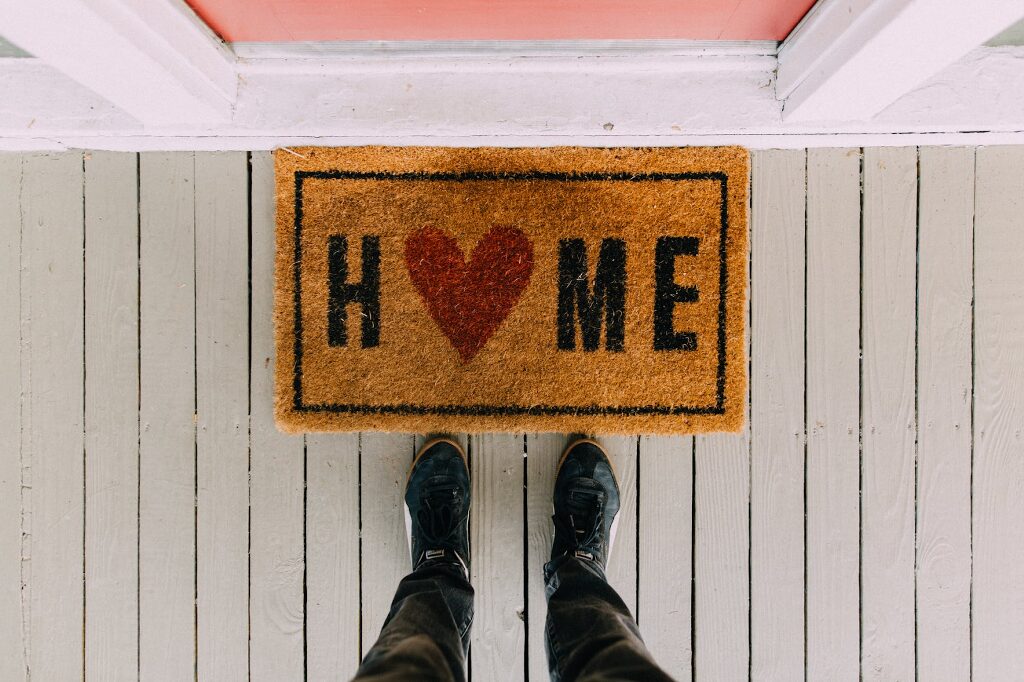The Coronavirus pandemic of 2020 has many homeowners reconsidering their living arrangements. Unexpected career changes and lockdown periods have caused a paradigm shift in how we work, play, and interact with the world around us.
It is expected that these changes will continue to impact our lives for years to come and revolutionize what we look for in a home. Here are some key considerations when buying a new home during COVID-19.
Migrating Out of City Centers
One of the biggest shifts is the migration out of city centers. Many urbanites are reconsidering their attachment to big cities and looking to take a step back. This change is largely connected to the desire to get away from areas with high population density. Furthermore, as many companies are permanently moving toward a work-from-home structure, commuting is no longer a concern for many.
For example, if you have been living and working in Denver, you might consider some of the outer Denver neighborhoods for your new home. Moving to the suburbs or the Vail neighborhoods would give you more room to roam and give you more space for your dollar.

Functional and Multipurpose Space
Another consideration when looking for a new home in the post-pandemic world is the overall layout and whether it’s conducive to sharing. Multipurpose rooms and functional spaces are a must, especially for families with children or multiple adults working from home.
Multipurpose spaces could include a den/office or repurposed garage. Those looking for a new home should look at the space’s potential rather than what is currently in place.
More Property
As people are spending more time at home, property size is a priority. Many people in urban areas or apartments were unable to get any outside time during lockdown periods. As such, having a bit more space to roam outside or in a yard offers tremendous value.
One of the benefits of moving to less populated neighborhoods is that property sizes tend to get bigger as you move further from the city. The benefit of having a backyard cannot be understated as the global situation continues to evolve.
Separation and Home Flow
Open floor plans have been increasingly popular in recent decades. This style of home allows for better airflow, lighting, and overall cohesiveness in the home.
Now, many home designers believe this trend will start to move in the other direction with more separation and distinct living spaces. This ties into the need for privacy and soundproofing for both personal and professional reasons. Consider looking for a home design that has some central shared spaces with additional smaller, personal spaces set into corners and hallways.

Internet Access
Another integral consideration is the post-pandemic world is access to reliable, high-speed internet. This consideration should be at the top of everyone’s list when researching neighborhoods – especially when children are in the household.
Increased internet demand in the home and around the country are causing lag times and connection challenges. As this situation could continue for many years, having the bandwidth for remote work and learning is a must.
HVAC and Circulation
Finally, consider the quality of the HVAC system in the homes you are considering. Proper air circulation is necessary for preventing illness and keeping your home germ-free. Many homeowners are installing ductless HVAC systems and even looking into sterilization kits for their entryway.
Fortunately, air purification systems are relatively affordable and simple to install. If you find a home that doesn’t have one in place, consider making this investment, which will add tremendous resale value in the post-pandemic world.
The unprecedented COVID-19 pandemic has shifted buying behaviors in all industries, and real estate is no exception. Keep these key considerations in mind when looking for a new home or preparing yours to sell.






